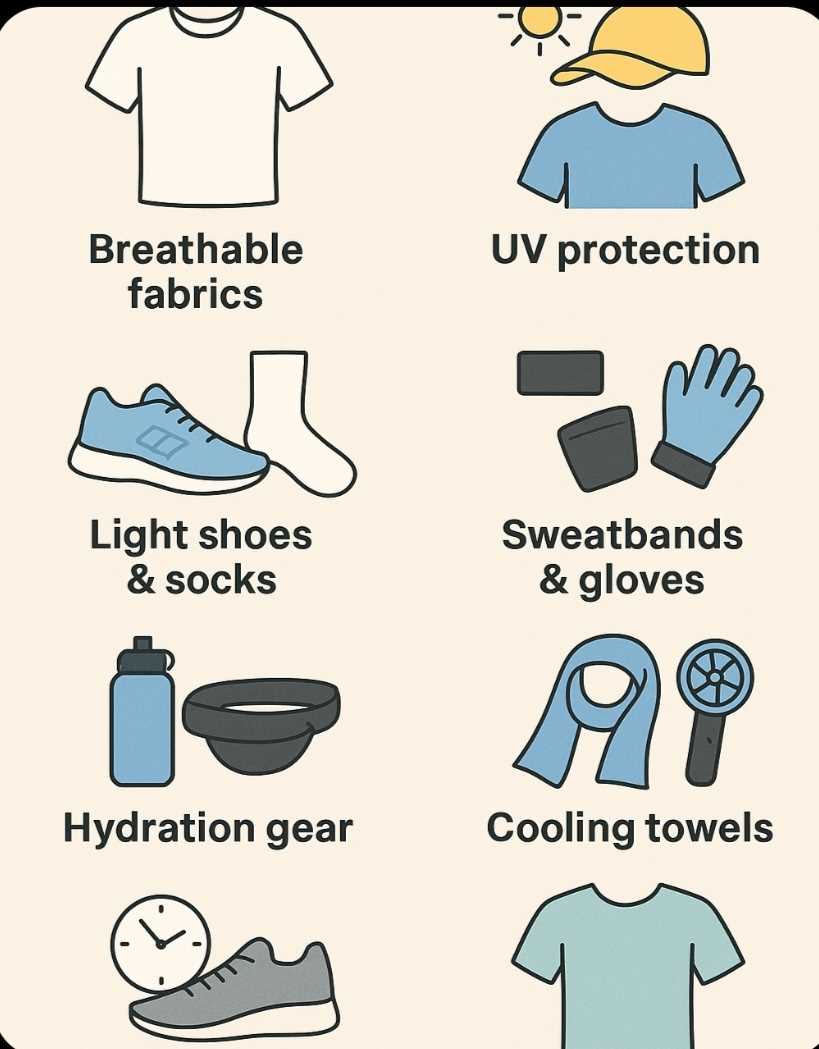
Patience Muchemwa- Senior Reporter
As the last hints of winter chill fade away and the summer sun takes center stage, athletes face more than just a shift in temperature—they face a complete transformation in how they equip themselves for peak performance.
The right gear can mean the difference between thriving in the heat or struggling to keep up.
Sports doctor Robert Musara, who is currently covering the Davis Cup and works across many sporting codes in the country, says that “gear adjustments are not just about comfort—they’re a critical part of preventing heat-related injuries and maintaining performance.”
1. Goodbye Bulk, Hello Breathability
Winter training often calls for thermal base layers, insulated jackets, and thicker socks to trap warmth. But summer demands the opposite: light, breathable fabrics that allow heat to escape and sweat to evaporate.
According to Dr. Musara, athletes should “switch to lightweight, light-colored, loose-fitting clothing that promotes airflow and reflects the sun’s rays.” This reduces heat absorption and helps the body cool more efficiently through evaporation.
2. The Rise of UV-Protection Apparel
Sun exposure becomes a bigger factor in summer, and not just for outdoor sports. Even short sessions under harsh sunlight can cause skin damage and fatigue. UV-protective shirts, caps, and sleeves help block harmful rays without weighing you down.
Dr. Musara adds: “Sunscreen and SPF lip balm should be part of your gear in summer—it’s not just about preventing sunburn, but also heat rash and long-term skin damage.”
3. Footwear Adjustments
In winter, shoes with thicker uppers and less ventilation help retain warmth. For summer, opt for lighter shoes with mesh panels for better airflow. Some athletes even switch to thinner or moisture-control socks to prevent overheating and blisters.
4. Sweat & Sun Management Gear
While sweat is a natural cooling mechanism, excess moisture can cause discomfort. Sweatbands, lightweight gloves, and anti-slip grips can help keep hands steady.
Dr. Musara also stresses eye protection: “Sunglasses with UV protection, preferably with wraparound frames, shield the eyes from glare and harmful rays, improving both comfort and safety.”
Related Stories
5. Hydration Carriers
Hydration becomes an active part of your gear strategy. In hot conditions, having easy access to fluids—whether through a handheld water bottle, hydration belt, or backpack—keeps performance levels consistent.
“Insulated bottles help keep drinks cool,” Dr. Musara notes, “and easy access to fluids is essential in preventing dehydration during intense summer sessions.”
Coach Backlyfield Chivenga, who has guided athletes through both winter and summer seasons, echoes this point: “Hydration is non-negotiable in hot weather. Athletes must drink before, during, and after sessions to replace lost fluids and avoid fatigue.”
6. Cooling Accessories
Cooling towels, ice vests, and portable misting fans may seem like luxuries, but in peak summer heat, they can become performance necessities—especially for sports requiring long outdoor sessions.
7. Timing and Preparation
Beyond clothing and gear, Coach Chivenga stresses the importance of adjusting schedules: “Come early for training so you have enough time to relax the body before the game or session. This helps you warm up gradually and reduces the risk of heat stress once the activity starts.”
8. Color Matters
Darker colors absorb more heat, while lighter colors reflect sunlight. Choosing whites, pastels, or bright reflective gear can noticeably reduce body heat during training or competition.
Final Takeaway
As Dr. Musara explains, these adjustments—ranging from breathable fabrics to proper hydration systems—“promote airflow, encourage evaporation, reduce heat absorption, and protect the skin. That combination allows athletes to adapt safely and perform at their best in hot weather.”
Coach Chivenga reinforces that the combination of smart gear choices, proper hydration, and early arrival for gradual preparation can give athletes a major edge in the summer heat.
Whether on a tennis court, football pitch, or running track, adapting your approach from winter to summer isn’t just a seasonal change—it’s a winning strategy.





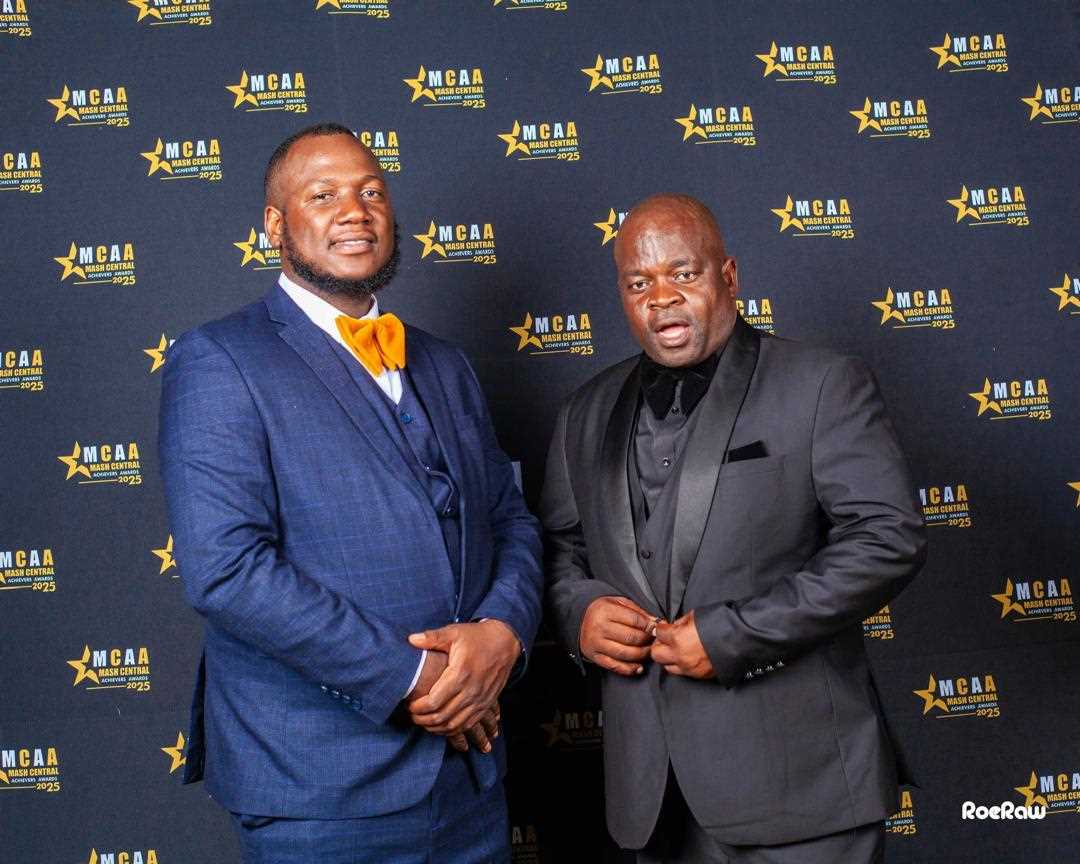





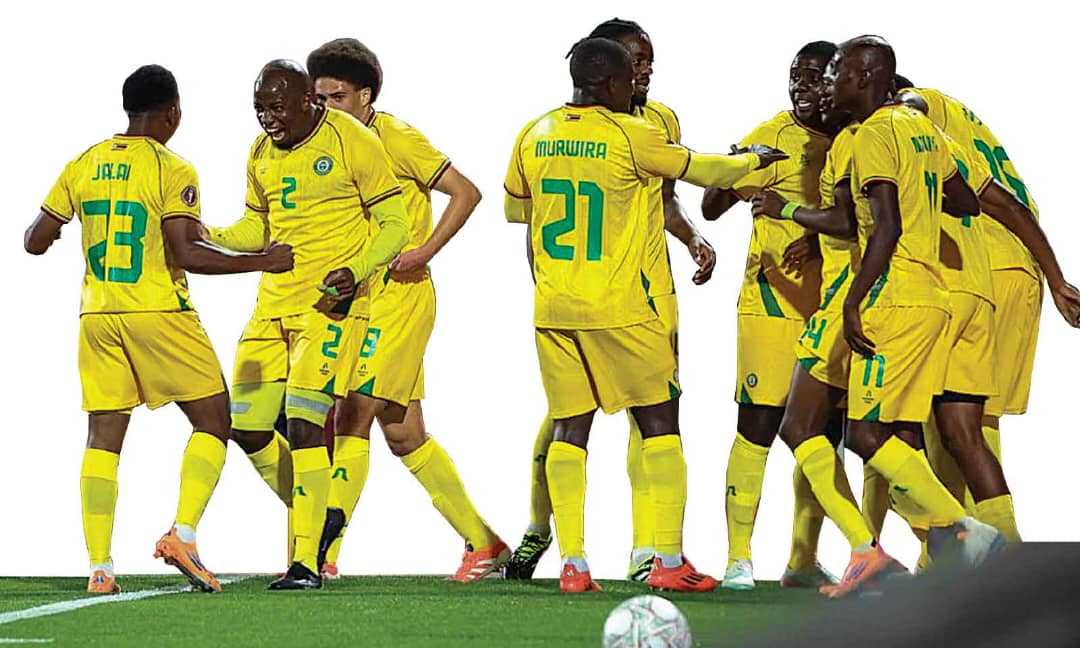
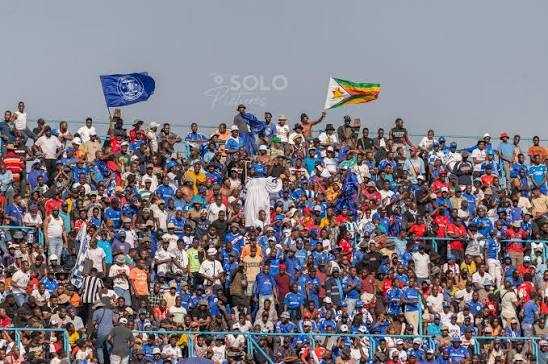


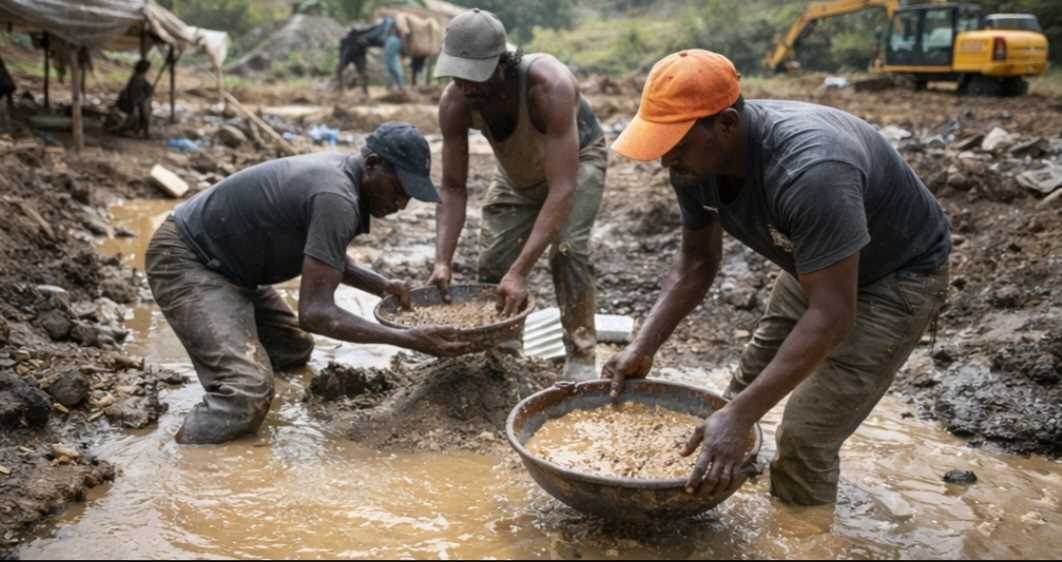

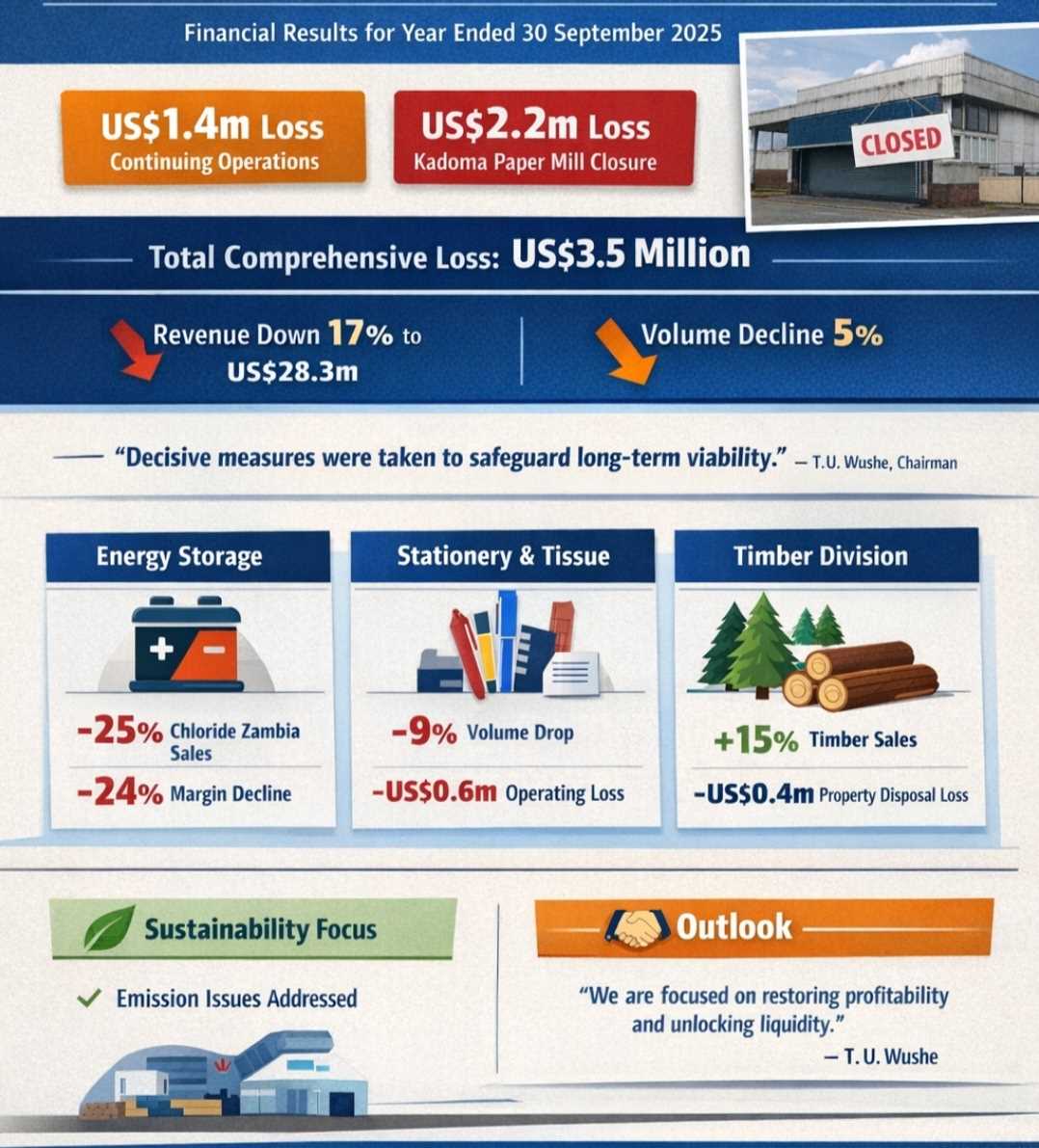


Leave Comments